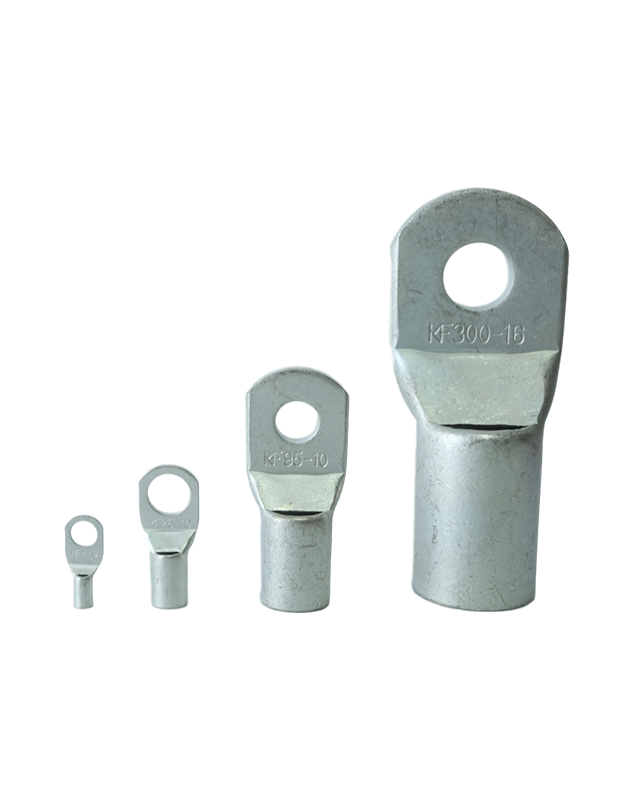

The stamping parts we usually refer to generally refer […]
The stamping parts we usually refer to generally refer to Cord End Terminals. For example, if you want to turn an iron plate into a fast food plate, you must first design a set of molds. The working surface of the mold is the shape of the plate. Press the iron plate with a die, and it becomes the plate you want. This is cold stamping, which is to directly stamp the hardware material with a die.
Metal stamping parts are parts processed from steel or some non-ferrous metals. Processing methods: cold/hot stamping, extrusion, rolling, welding, cutting, etc., as well as other processes, are widely defined. Stamping parts: Most of them are used in hardware processing, which means that under the premise of room temperature, the molds for steel/non-ferrous metals and other plates are formed into the specified shape by the pressure required for processing by the press. Metal stamping parts are widely used in all of our lives, including some electronic devices, auto parts, decorative materials and so on.

The design should not only have good performance, but also have good process performance to reduce material consumption, extend mold life, improve productivity, reduce costs and stamping quality.
The main factors affecting the manufacturability of stamping parts are: the shape, size, precision and material of the stamping parts.
Requirements for blanked and punched parts
(1) The shape of the material and the hole shape of the punching part should be simple and symmetrical. Regular shapes such as circles or rectangles should be used as much as possible, and long grooves or slender cantilever structures should be avoided. Otherwise, it will make the mold manufacturing difficult and reduce the mold life. At the same time, the blanking parts should be reduced to a small extent during the layout.
(2) The structural dimensions of the blanking parts (such as aperture, hole spacing, etc.) consider the thickness of the material.
(3) The intersection of straight line and straight line, curve and straight line on the blanking part should be connected by rounded arc. In order to avoid cracks caused by stress concentration at the intersection.
2. Requirements for Bending Parts
(1) The shape of the bending part should be as symmetrical as possible, and the bending radius should not be less than the small bending radius allowed by the material.
(2) The curved side is too short to form, so the straight part of the curved side should be made H>2δ. If H is required to be very short, it is necessary to leave an appropriate margin to increase H, and then cut off the added metal after bending.
(3) When bending parts with holes, in order to avoid the deformation of the holes, the positions of the holes should be shown in the figure, and should be greater than (1.5 ~ 2) δ
3. Requirements for deep drawing parts
(1) The shape of the drawing parts should be simple and symmetrical, and should not be too large. In order to make the number of deep drawing at least, easy to form.
(2) The fillet radius of the deep-drawn part should be a small allowable radius without increasing the process program.
Otherwise, the number of deep drawing and work will be increased, the number of molds will also be increased, and waste products and increased costs will be easily generated.
You can tick the products you need and communicate with us in the message board.